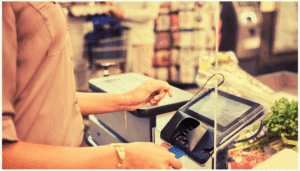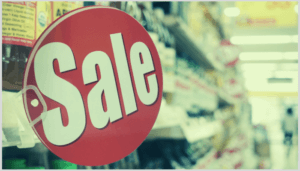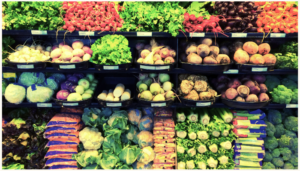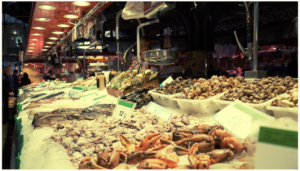
Assortment Analytics for Grocery Retailers: How to Cut Cost, Not Opportunity
The right assortment drives trip frequency, basket size, and shopper loyalty. You’re probably carrying more SKUs than you need. And that’s not just
Read
How One Food Distributor Saw $719K in Margin Growth with Price Optimization
In the high-stakes world of food distribution, margins matter. Pricing decisions can make or break profitability, especially when managing a complex assortment and
Read
Master Pricing: The Blueprint for Grocery Price Optimization
“The days of spreadsheets and gut-feel pricing are behind us,” said Steve Thornberry, VP of Sales at ClearDemand. “Retailers need science-backed decisions that
Read
How Smarter Forecasting Makes Grocery Promotions Work
Every grocer knows the drill: build the flyer, push the promos, hope for the lift. But week after week, many promotions fail to
Read
How Retailers Optimize Regular Price Without Breaking Trust
You’ve built your brand on trust, simplicity, and consistency. As an EDLP retailer, your promise is clear: Everyday low prices your shopper can
Read
How Strategic Pricing Boosts Profit Margins: +2.78% Gain
When you’re a premium grocery retailer, every price point matters. Discover how a leading grocery retailer, facing the everyday challenges of the retail
Read
Navigating Tariffs: A Grocer’s Guide to Price Optimization is Uncertain Times
Learn how you can protect margins while maintaining customer loyalty during tariff uncertainty with data-driven pricing optimization strategies. Download the PDF. ClearDemand’s price
Read
5 Tips for a Profitable Price Optimization Strategy
Pricing isn’t just some number. It’s not copying the competition’s prices. It’s not repeating last year’s strategy. It’s a strategic weapon that can
Read
Competitive Pricing Analysis for Smarter Retail Strategy
Your shopper, phone in hand, can easily compare your product’s price to the same product’s price in another store. The competition is a
ReadThe Latest Insights – Straight to Your Inbox
Sign up for the ClearDemand mailing list for actionable strategies, upcoming events, industry trends, and company news.
